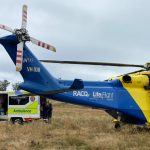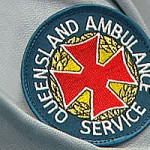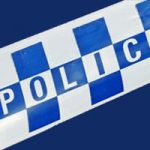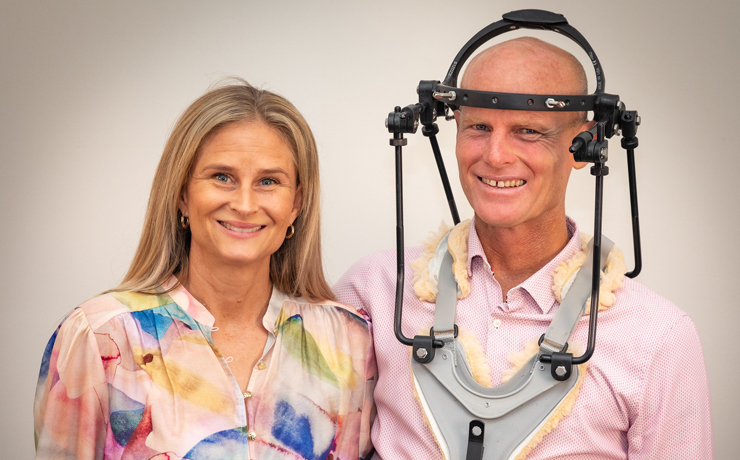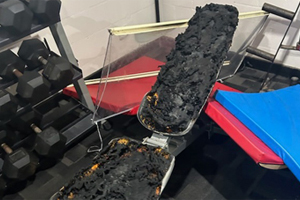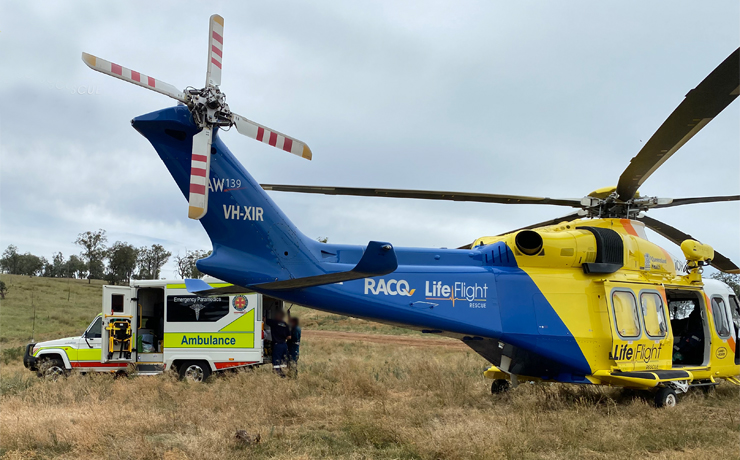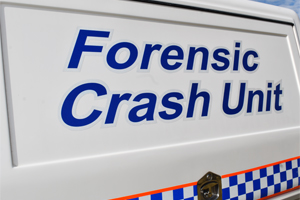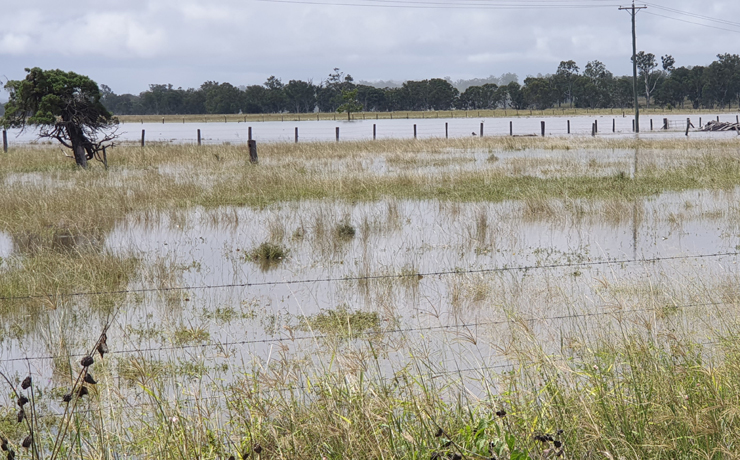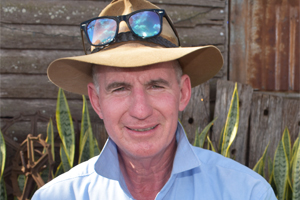June 25, 2013
A horse as died from hendra virus on a Brisbane Valley property after becoming unwell over the weekend.
Biosecurity Queensland has quarantined the property, at Tarampa near Lowood, which has up to 20 other horses on site.
A spokesman said Biosecurity Queensland would be working to determine what contact the infected horse, believed to be a six-year-old mare, may have had with the other animals.
Testing and monitoring will then be undertaken over the next month.
While under quarantine, restrictions will apply to moving horses and horse materials on and off the infected property.
Staff from the West Moreton Hospital and Health Service’s Public Health Unit are assessing the situation.
They are also conducting contact tracing work to ensure all people potentially exposed to the sick horse have been identified.
Queensland Health says four people are believed to have had contact with the infected animal however they are not considered at risk.
Transmission of the virus to humans requires close contact with bodily fluids from the sick horse.
There is no evidence the virus can be passed directly from flying foxes to humans, from the environment to humans, or can be transmitted by airborne droplets.
However anyone who is concerned have been advised to contact 13 HEALTH (13-43-25-84).
This is the third case of Hendra virus in Queensland this year.
Though the majority of cases tend to occur in the cooler months between July and September, Hendra infection can occur throughout the year.
The Biosecurity Queensland spokesman said it was important for horse owners to take steps to protect themselves and their animals year round.
Vaccination was the single most effective way of reducing the risk of Hendra virus infection in horses.
* * *
There are a number of measures horse owners can take to reduce the risk of Hendra virus infections.
- A Hendra virus vaccine is available for horses. It is recommended horse owners discuss with their veterinarian whether vaccinating their horses is appropriate.
- Horse feed and water containers should be removed from under trees. If possible, place feed and water containers under a shelter.
- Owners should inspect and identify flowering/fruiting trees on their property. Horses should be removed from paddocks where flowering/fruiting trees are attracting flying foxes. Horses should be returned only after the trees have stopped flowering/fruiting and the flying foxes have gone. If horses cannot be removed from the paddock, consider fencing (temporary or permanent) to restrict access to flowering/ fruiting trees. Clean up any fruit debris underneath the trees before returning horses.
- If it is not possible to remove horses from paddocks, try to temporarily remove your horses during times of peak flying fox activity (usually at dusk and during the night).
- Ensure that sick horses are isolated from other horses, people and animals until a veterinarian’s opinion is obtained.
- If there is more than one horse on your property, handle unaffected horses first and then only handle sick horses after taking appropriate precautions.
- Make sure gear exposed to any body fluids from horses is cleaned and disinfected before it is used on another horse. This includes halters, lead ropes and twitches. Talk to your veterinarian about which cleaning agents and disinfectants to use.
- When cleaning contaminated equipment from a sick horse, wear gloves, cover any cuts or grazes and wash your hands thoroughly afterwards.
- It is essential that horse owners practise good biosecurity and not travel with, work on or take sick horses to other properties or equestrian events.
- Do not allow visiting horse practitioners (eg. farriers) to work on sick horses.
- Seek veterinary advice before bringing any sick horse onto your property.
[UPDATED]






